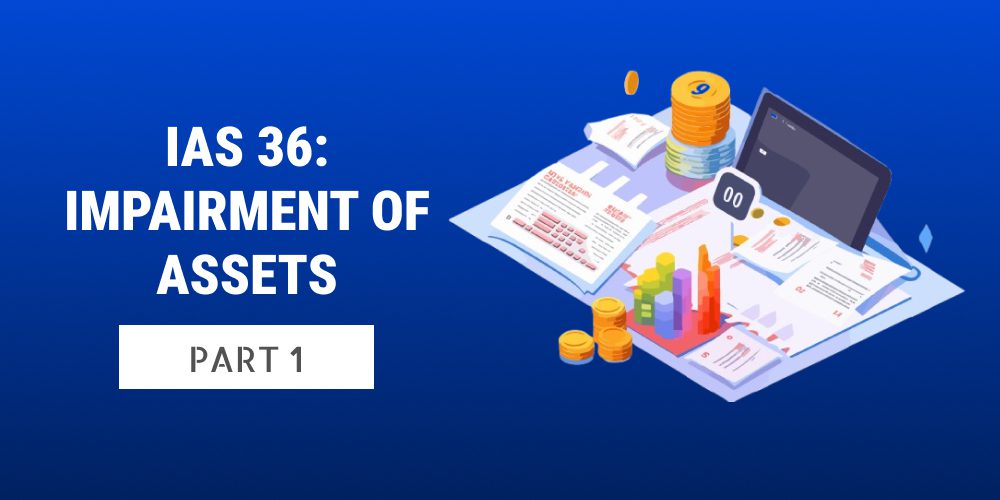
ACCA DipIFR: Answer Writing Techniques & Exam Utility for June 2025
In our previous blog, we discussed ACCA DipIFR Exam structure and time management, which will help students to plan their revision based on the expectations of examiner and more importantly to plan 3 hours and 15 minutes of examination and practice the same accordingly well before examination.
In this blog, we’ll discuss on how computer-based exam (CBE) interface appears & ideal way of delivering clear, concise & well-structured answers as per the requirements and the expectations of examiner. As we know, the exam consisted of four compulsory questions, each worth 25 marks and each question has its different requirements.
In each of the 4 questions, students will be provided necessary background information, financial data, and supporting documents under exhibit tab, which will help you in answering questions effectively. Each exam question typically has its own set of exhibits, which can include:
- Extracts from financial statements
- Notes from management or auditors
- Accounting policies or assumptions
- IFRS-related facts or transactions
Windows of multiple exhibits can be viewed at the same time, just by clicking & navigating them over. Students are advised to copy essential information from exhibit into scratch pad or directly into spreadsheet for calculations.
Under the requirement tab, you will be informed about expected answer with distribution of marks to each part of the answer. It tells you exactly what the examiner is asking in each question. Misinterpretation or missing a requirement can cost marks, even if technical knowledge on any concept is firm. You can return to requirement tab any time while answering a question. Students are expected to always read the requirements tab first before diving in scenario and exhibits, this sets your focus and lets you read the exhibits and scenarios with the purpose and helps in spotting relevant details faster. In case of multi-requirements, each part is separately numbered with marks allocated to it.
The most important section of the CBE platform is ‘response options’ because that demonstrates student’s knowledge and application of IFRS standards. It is an area within the exam workspace to type your written responses or perform calculations, depending on the nature of the question. Word processor is a response section available and used for Written answers (explanations, discussions, accounting treatments) & Spreadsheet is a response section available and used for Numerical answers (calculations, statements, adjustments) respectively. Each question has a separate response area, and student can switch between the word processor and spreadsheet tabs.
Word processor has similar (not same) functionality to that of Microsoft word and provides access of basic formatting tools like bold, bullet points, numbered lists, underline and table. Spreadsheet has similar (not same) functionality to that of Microsoft excel and supports basic formulas (like, =SUM (), =A1+B1). Provides options like format cells, align text, and insert rows/columns. However, many functions that are available in MS Word or MS Excel, are not available under the response scenarios, thus it is advised to the students to practice the scenarios before getting into the examination.
On a broader level, as per ACCA guideline, students are advised to use word processor for conceptual and descriptive answers and to use spreadsheets for preparing financial statements, consolidations, and calculations. In the below screen shot, you can see three sections on the left hand side of the screen viz. Exhibits, Requirements and Response option.

Apart from the above, exam scenario provides few basic utilities to the students viz. basic on-screen calculator is available on which you may switch between scientific and standard calculator. It can be operated through both mouse and keyboard as well, students can use scratch pad to take important notes or paste necessary information from exhibits etc.
Question one will always be a question involving consolidation, with some additional adjustments to the draft financial statements of the parent prior to consolidation. Thus, it’s clearly appropriate to use the spreadsheet response option to perform numerical workings for question one. Care should be taken to ensure that a full trail of workings is available for the marker to follow. Although markers will look in cells for workings, if an incorrect number is included in a cell with no formulae and no obvious reference to a working, then it can be very difficult for the marker to reward those parts of the calculation that were in fact done correctly. Students are advised to fully cross check all workings to appropriate spreadsheet cells. Now a days, students are provided with pre-populated spreadsheet for consolidation question which students can use to their advantage to save time.
In question two and three a spreadsheet is provided in addition to the word processing response area. This is to assist students with the computational components of these questions. The same principles of using the spreadsheet functionality and showing adequate workings, therefore, apply to questions two and three. These supporting calculations are required to be cross referenced to the final answers in the word processing response area. The spreadsheet should not be used for the narrative component of these questions. However, you can provide detailed workings and calculations in the word processing area, as may be preferred by students.
Questions four is almost entirely explanation-based question, where students are required to address a series of questions that have been posed by the party in the scenario. Therefore, only word processor response option is available for the question four.
We hope, this blog about ACCA DipIFR exam utility & answer writing shall help you to get comfortable with CBE (Computer-Based Exam) interface and right way to operate same. Because, DipIFR exam is not just about knowing the standards, but also delivering clear, concise and well-structured answers.
Best wishes from Team FinPro!
Thank you for reading our blog, stay tuned for such insightful tips. If you have any queries contact us .






